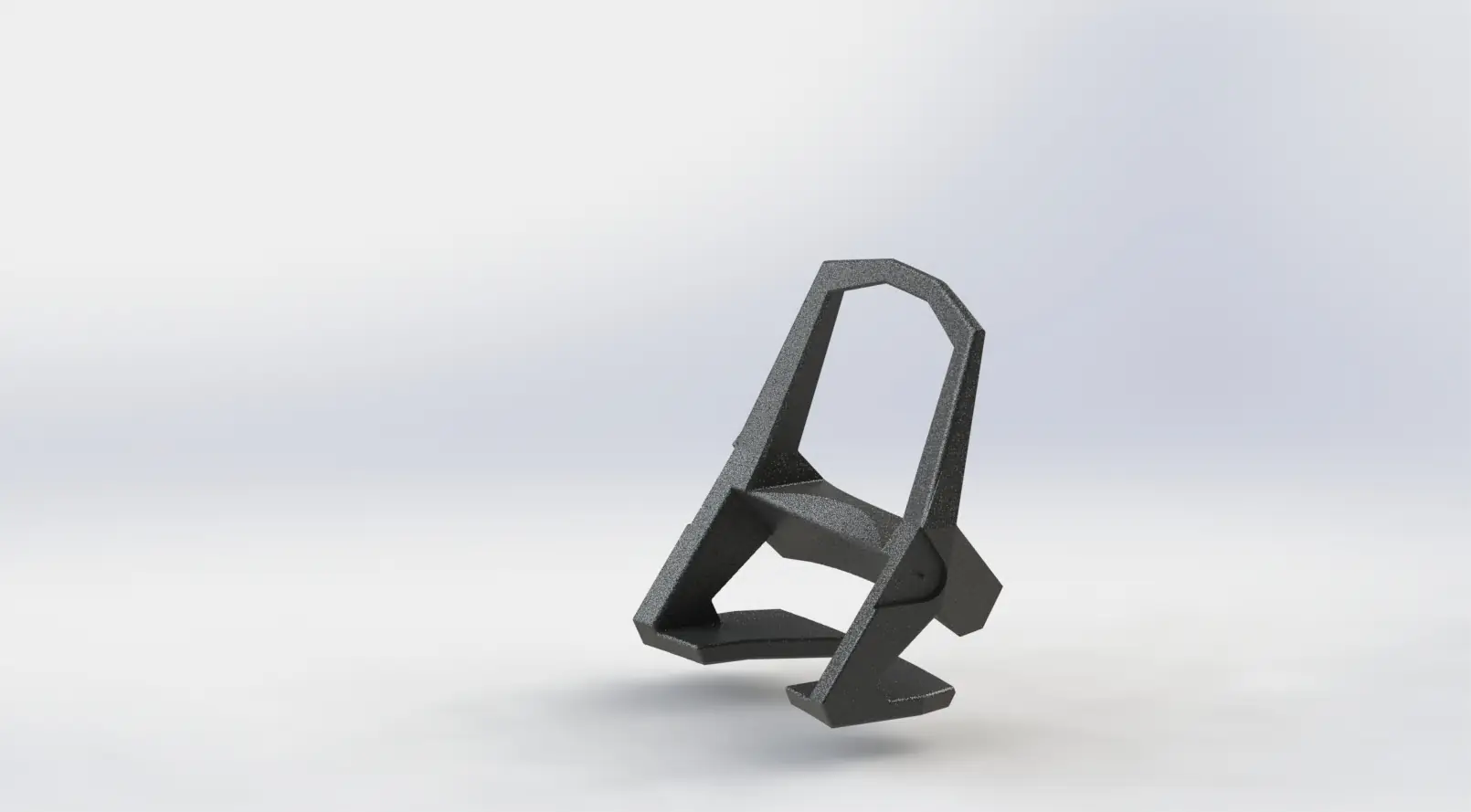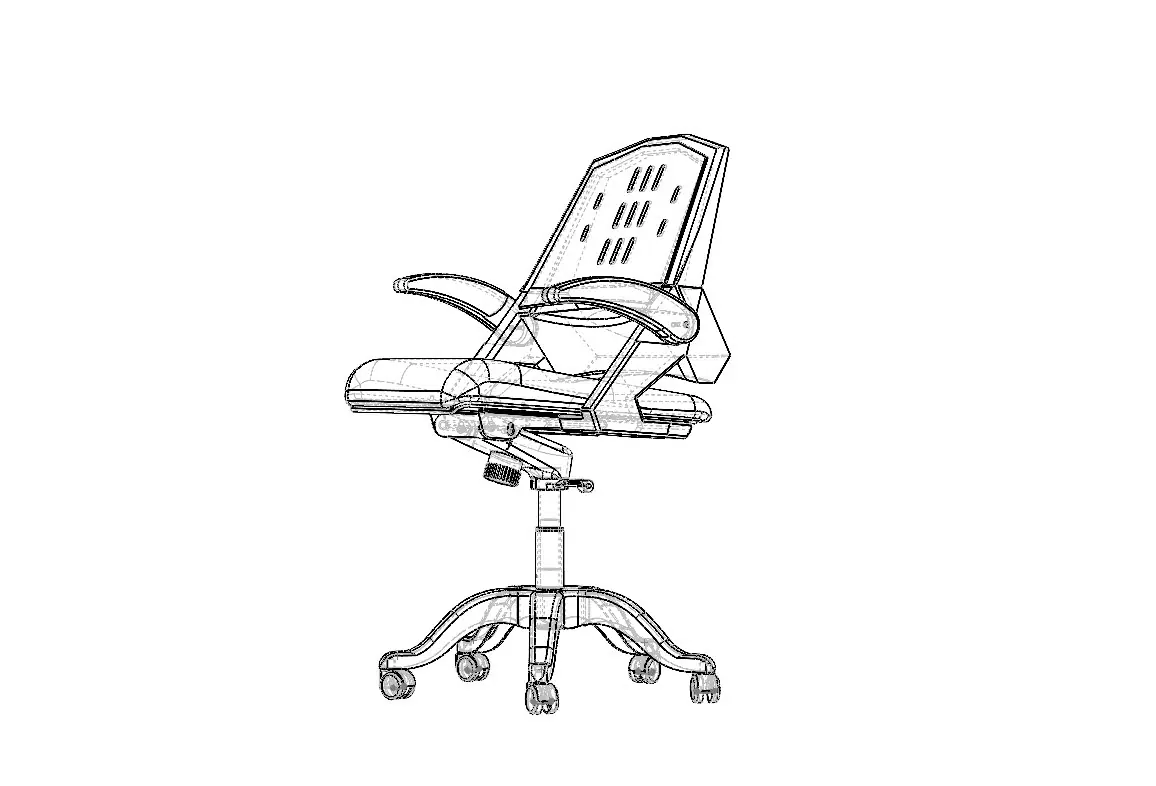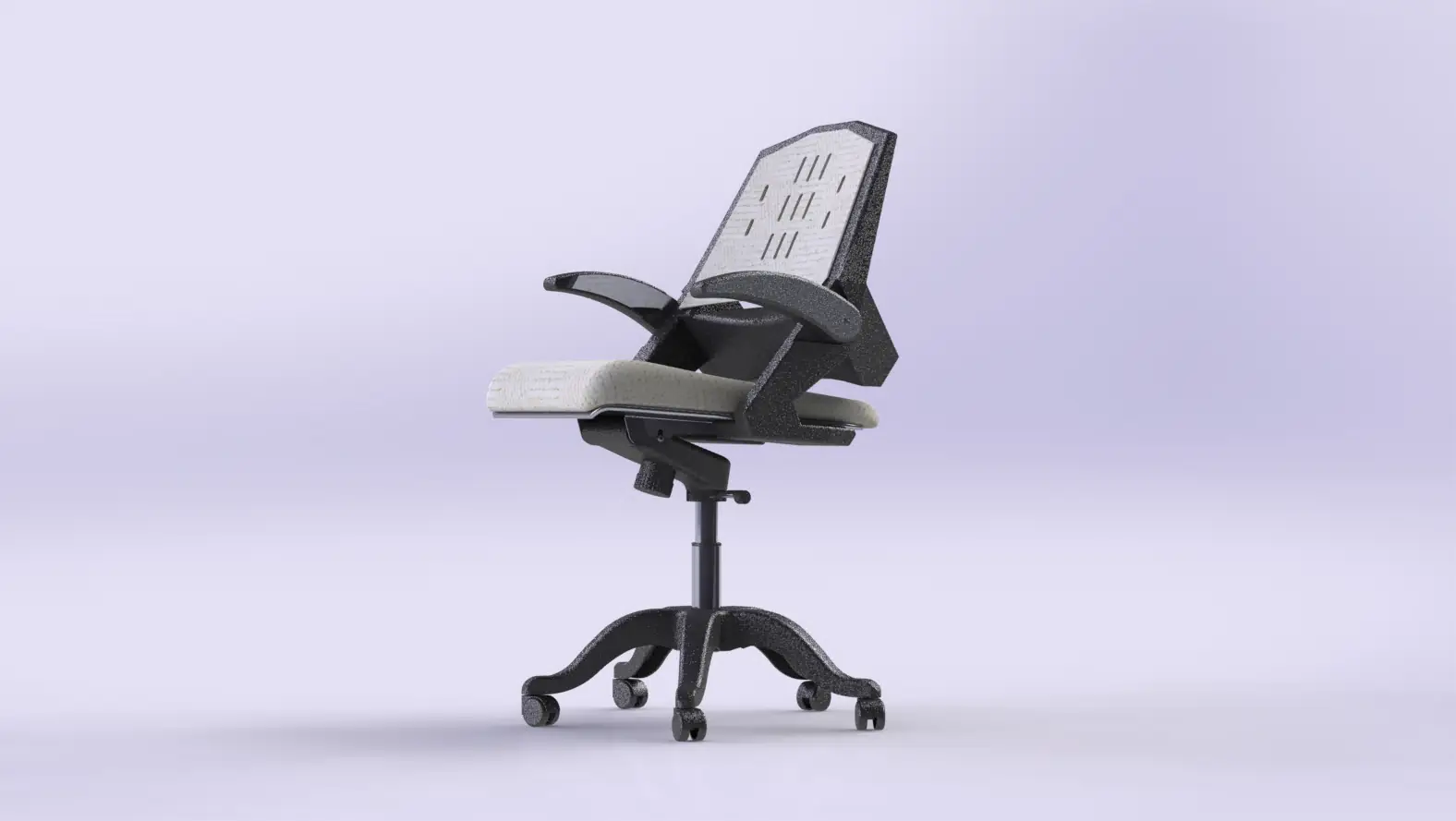Introduction: A Journey Through Time
The desk chair has undergone a remarkable transformation since Charles Darwin’s inventive twist in the 1840s. Darwin’s “wooden arm chair on wheels” allowed him to move seamlessly through his workspace, setting a precedent for future innovations. As office work became more integral to business operations, the quest for more functional and comfortable chairs gained momentum. By 1849, Thomas E. Warren had introduced the Centripetal Spring Armchair, featuring a swivel mechanism and castors, which greatly enhanced the mobility of office workers.
The 1970s marked a pivotal era in ergonomic design with Herman Miller’s Bill Stumpf unveiling the Ergon Chair. This groundbreaking design incorporated foam seats and complex spine support, alongside a gas-lift lever and five-star base. The 1990s continued this trend of innovation with Stumpf’s Aeron Chair, renowned for its reactive tilt and breathable mesh back, which set new benchmarks in ergonomic comfort.
The Modern Era: Where Innovation Meets Comfort
In recent decades, desk chairs have embraced sophisticated advancements. Steelcase’s Guardian and Gesture Chairs, introduced in the past twenty years, feature synchronized systems, weight-activated mechanisms, and mesh-back lumbar support. The SILQ Chair, with its lever-free adaptability, represents a significant leap forward in ergonomic design, reflecting a deeper understanding of user interaction and comfort.
Designing the Perfect Chair
The aim is to create a desk chair that harmonizes ergonomic principles with user-centric design. The design process delves into solving common issues like discomfort and lack of customization. By examining existing designs, it becomes evident that many current models fall short in offering personalized adjustments and adhering to ergonomic guidelines. The new chair design addresses these shortcomings with thoughtful considerations for seat height, depth, angle, backrest dimensions, and material choices.
Key elements of the new chair include caster wheels that provide smooth, multidirectional movement, and a wheel base crafted from matte aluminum for enhanced stability. The pneumatic cylinder allows for height adjustment using a spring mechanism, while the seat height adjuster lever offers precise control over seat positioning. The chair mechanism, featuring an H-frame, integrates seamlessly with the seat base, allowing for tilt adjustments and stability.



The seat itself is designed with foam cushioning covered in fabric, ensuring comfort for extended periods. Adjustable armrests made from polished aluminum and plastic cater to various body types, and the backrest frame, constructed from PW-MT11000 plastic, provides robust support. The back fabric support combines aesthetic appeal with spinal support, enhancing both function and style.
The Future of Office Seating
The evolution of desk chairs showcases a growing awareness of ergonomic and user needs. By incorporating advanced materials and thoughtful design, this chair promises to improve comfort and productivity in modern workspaces.The result is a chair that not only meets but surpasses current ergonomic standards, setting a new precedent for office seating.
Check these amazing reads:
